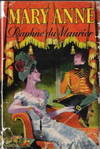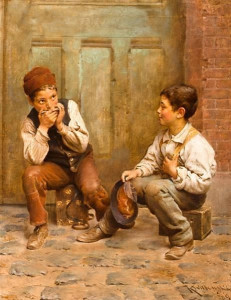Happy Labor Day, everyone!
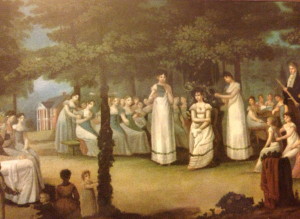 In Virginia, Labor Day is, by law, the day before school starts, so it seems fitting for me to discuss education, specifically the education of a Regency young lady.
In Virginia, Labor Day is, by law, the day before school starts, so it seems fitting for me to discuss education, specifically the education of a Regency young lady.
Our heroes all have attended Eton or Harrow and on to Oxford or Cambridge, but what of our heroines? There really wasn’t parallel educational paths for women during the Regency. Daughters of the aristocracy were typically educated at home by governesses, like Jane Austen’s Emma, supplemented by music masters, drawing masters and dance masters, of course.
There were boarding schools, many of them in Bath. The better ones catered to the daughters of the ton, but daughters of gentry might attend such schools as well. Not all of these schools gave what we would consider a quality education. Later than the Regency (1840), Dorothea Beale describes:
…what miserable teaching we had in many subjects; history was learned by committing to memory little manuals; rules of arithmetic were taught, but the principles were never explained. Instead of reading and learning the masterpieces of literature, we repeated week by week the ‘Lamentations of King Hezekiah’, the pretty but somewhat weak ‘Mother’s Picture’.
Being truly educated, a bluestocking, was not a desirable condition for a lady, though. Young ladies were expected to be accomplished, not educated. In Pride and Prejudice, Caroline Bingley gives us a list (Austen’s) of what this means:
A woman must have a thorough knowledge of music, singing, drawing, dancing, and the modern languages, to deserve the word. Mr. Darcy adds, To all this she must yet add something more substantial, in the improvement of her mind by extensive reading.
They leave out needlework, both decorative and practical, another important component of a young lady’s education, as was letter-writing. Young ladies also learned French and Italian. In an ironic way, a young lady’s education could be more varied than a Regency gentleman’s. A Regency boy was expected to learn Latin and Greek and was confined to a Classical education. A young lady could read and study anything she liked. Jane Austen had the run of her father’s library. She never mentions Classical Literature in her books.
Has school started in your area yet? What are you doing for Labor Day?

 Poor Susanna did not make it to the gate, but, in her case, this is a good thing. Because her books are ebook only, if they appeared on ebay they’d likely be pirated versions, so we are glad she is not running this race. We will, however, put up the cover of her latest book,
Poor Susanna did not make it to the gate, but, in her case, this is a good thing. Because her books are ebook only, if they appeared on ebay they’d likely be pirated versions, so we are glad she is not running this race. We will, however, put up the cover of her latest book, 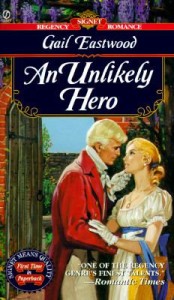
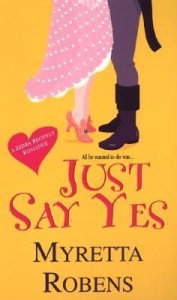
 Laurel is pretty far ahead with
Laurel is pretty far ahead with 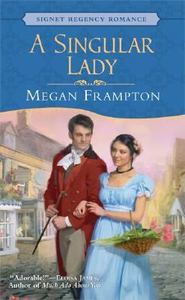
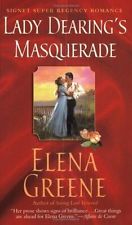
 Amanda just squeaked past Megan with
Amanda just squeaked past Megan with  A surprising surge for my
A surprising surge for my 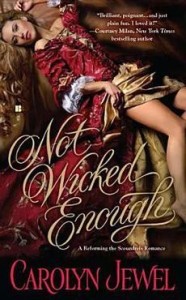
 The first place winner is Janet! Her Jane and the Damned (2010) is crossing the finish line at a speed–I mean–cost of $13.88. That passes even the Laurels in this group.
The first place winner is Janet! Her Jane and the Damned (2010) is crossing the finish line at a speed–I mean–cost of $13.88. That passes even the Laurels in this group.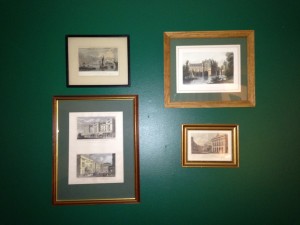
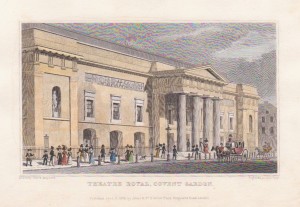
 Even though I love Regency Historical Romances, I don’t read many of them these days (although I loved my friend Mary Blayney’s
Even though I love Regency Historical Romances, I don’t read many of them these days (although I loved my friend Mary Blayney’s 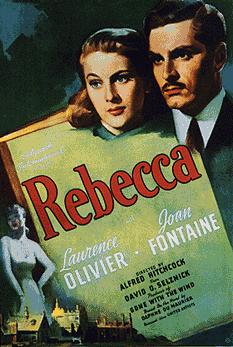
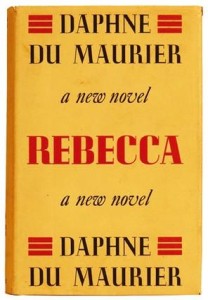
 Rebecca had early influences, not quite back to regency times, but it is clear the book was influenced by Jane Eyre. The innocent heroine, the dark “widower,” a mysterious servant, a big secret about the hero’s former wife, the fire at the end–all are there. I like that du Maurier wrote such a popular book based on a classic. I had my own Jane Eyre-inspired book,
Rebecca had early influences, not quite back to regency times, but it is clear the book was influenced by Jane Eyre. The innocent heroine, the dark “widower,” a mysterious servant, a big secret about the hero’s former wife, the fire at the end–all are there. I like that du Maurier wrote such a popular book based on a classic. I had my own Jane Eyre-inspired book, 